
In “The Great Balancing Act: Creating a Sustainable Food Future,” the World Resources Institute asks, “How can the world adequately feed more than 9 billion people by 2050 in a manner that advances economic development and reduces pressure on the environment?”
What does food waste have to do with this challenge? A lot, it turns out. Consider these statistics:
- We waste about one-third of all food produced worldwide, about 1.3 billion tons worth about $1 trillion. Converted to calories, that means that we never eat about 1 in 4 calories intended for consumption.
- Global quantitative food losses and waste per year are roughly 30% for cereals, 40-50% for root crops, fruits, and vegetables, 20% for oil seeds, meat & dairy, plus 35% for fish.
- The average American consumes 53 times more goods and services than someone from China.
- While the world wastes one-third of all food, Americans top the list of food wasters at 50% — half of all food produced for consumption.
- Americans throw away approximately $165 billion worth of food each year, up to $2,200 per household.
We have a problem, America! What happens with all that food that never reaches people’s tables and tummies? We are not feeding 48,135,000 food insecure people in this country, about 15% of the population who are food insecure in the world’s wealthiest country. While we’re throwing away $165 billion worth of food each year, our food shortfall comes to $24.5 billion.
At the same time, organic waste is the second highest component of landfills, the largest source of methane emissions. That’s after producing the food has already taken a toll on the environment, with food using 50% of the land, 10% of total energy, and 80% of all freshwater. So we use more than our share of the world’s resources, and our wasted food not only doesn’t feed those who need it in this country, it adds significantly to environmental degradation.
The challenges of feeding the world and reducing our impact on the environment are big, and dealing with food waste is an important part of addressing it. Several companies are beginning to offer technologies to help:
- Waste Less, Save More Project, and Family Hub – smart fridges
- Olio – a free food-sharing app that connects families with extra food to families who can use it
- Winnow – an electronic scale that weighs food as it’s thrown away, so it’s easier to track
- Centre for Sustainable Manufacturing and Recycling Technologies – Pantry App to record details of any discarded food
- Fair Food Forager – An Australian initiative that ranks grocery stores, restaurants and food suppliers on how sustainable they are
- Last Minute Sotto Casa – an app developed in Italy that links shops with surplus food to customers who want to buy it
ReFed offers 27 solutions to our food waste problem in the U.S.A. ReFed’s goal in these solutions is to “save resources, create jobs, alleviate hunger, conserve water, and reduce greenhouse gas emissions — all while stimulating a new multi-billion dollar market opportunity.” While many of these solutions work at the top of the supply chain, through corporations and government, a number draw in individual consumers and small business owners, among them:
- Smaller plates
- Taking less than perfect produce — and USING it
- Home composting
- Water resources recovery
- In-vessel composting
The EPA website speaks directly to consumers when it categorizes ways to reduce waste with Planning Tips, Storage Tips, Prep Tips and Thriftiness Tips. Essentially, we’re talking about becoming more thoughtful, making a conscious choice each time we pick up an item from the shelf in the store. Can we do without packaging? If there is no choice about the package, is it recyclable? As for the food content, are there ways to use all of it before it spoils? What if we make an error in calculation and have leftovers? Is there a way to create added value (i.e., can we use leftovers to make a new and nourishing dish)?
Feeding the world is a significant challenge: we can all be part of the solution. As Americans, we have a special obligation since we use more than our fair share of the resources. Certainly, there are simple things we can all do to reduce environmental degradation.
So take a moment to find out how you can reduce food waste, doing your part to help feed the world and care for the environment.
And don’t forget to recycle: always keep an eye on what you can recycle and how to separate out your recyclables and prepare them for your recycling bin.














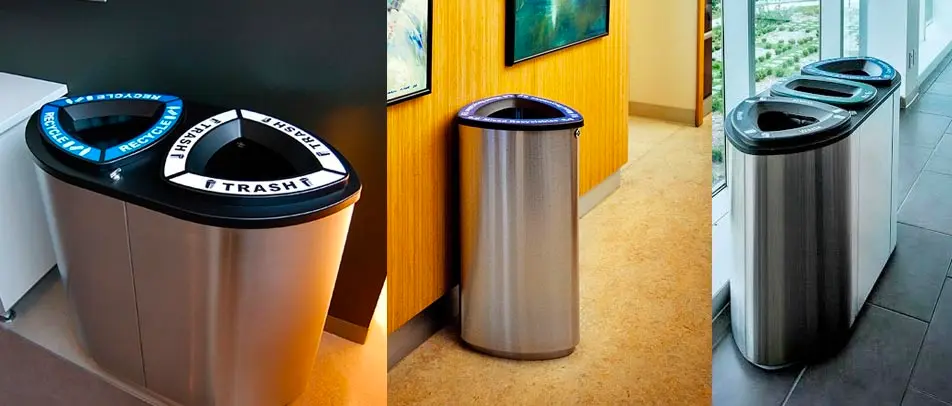
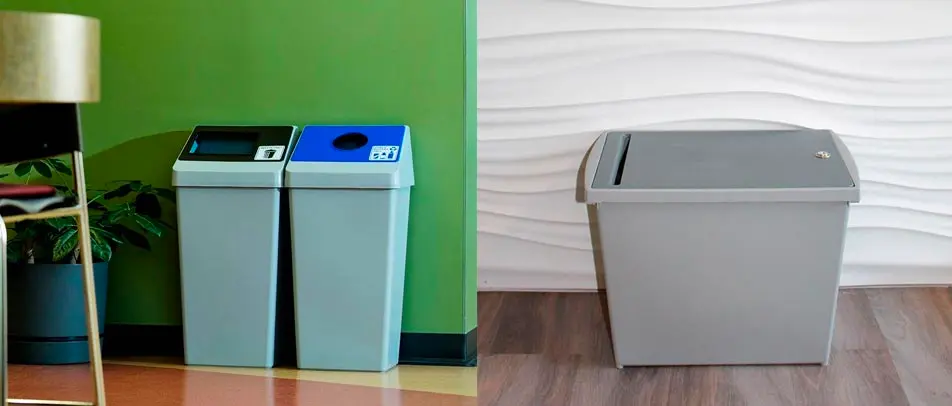


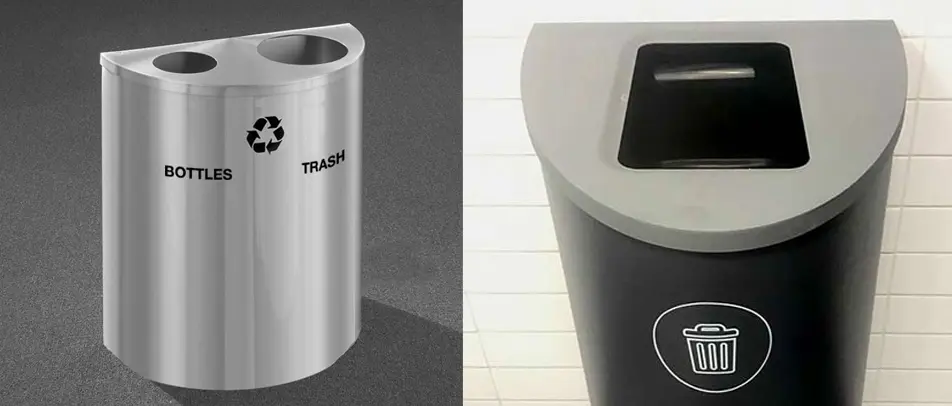


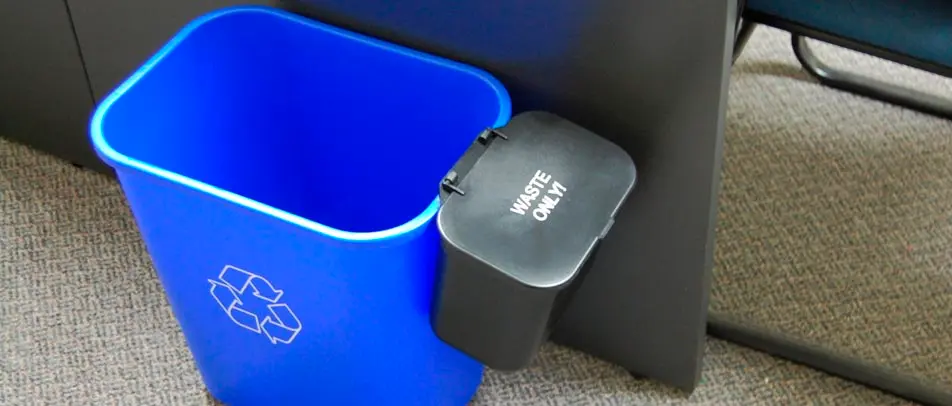
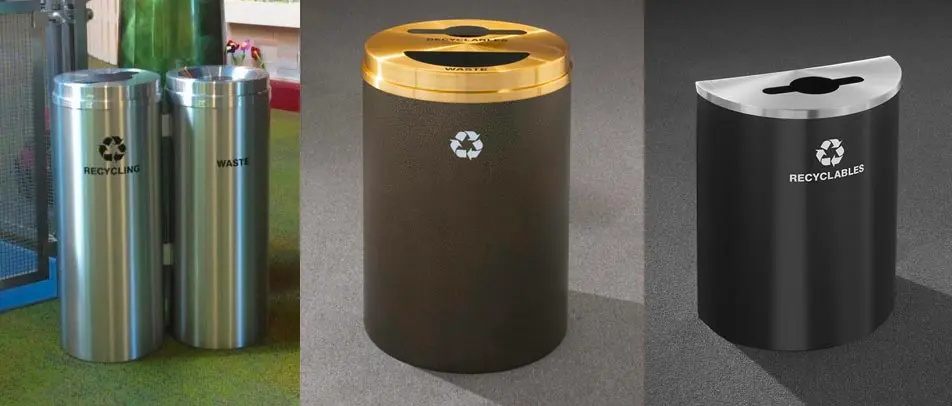
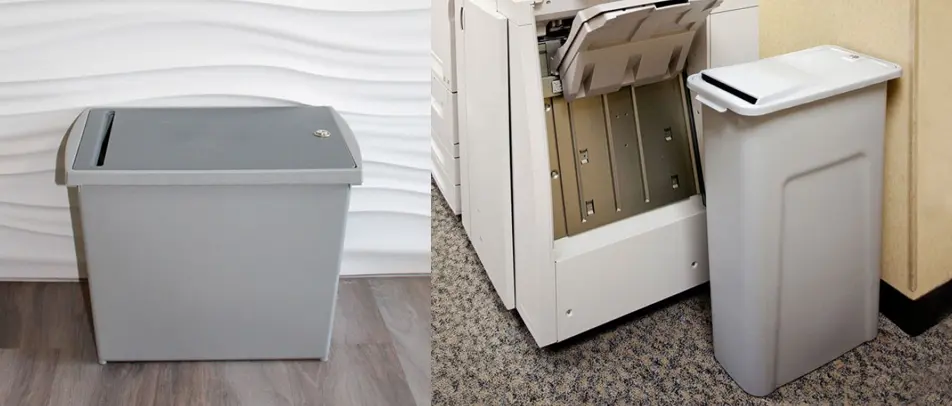

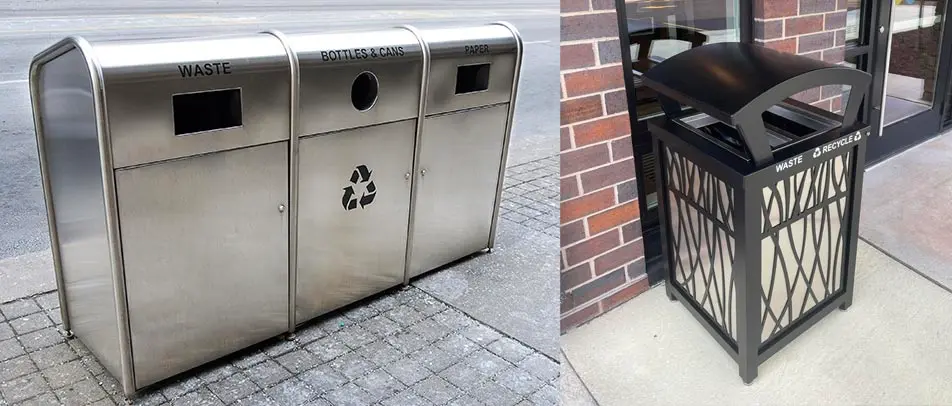



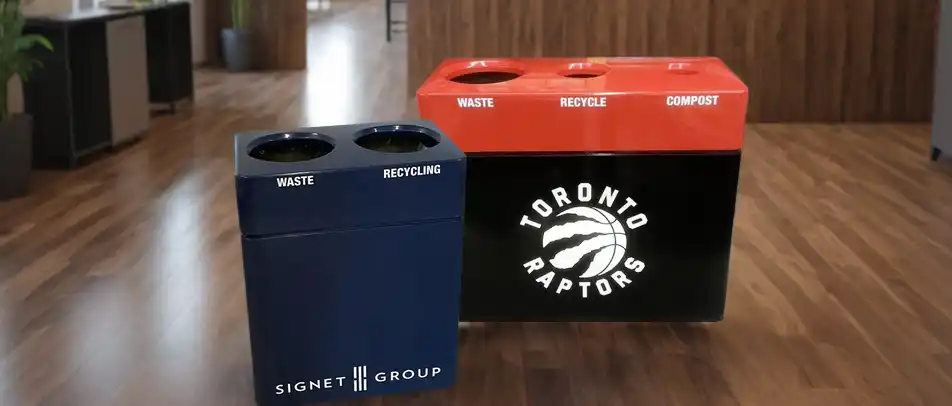



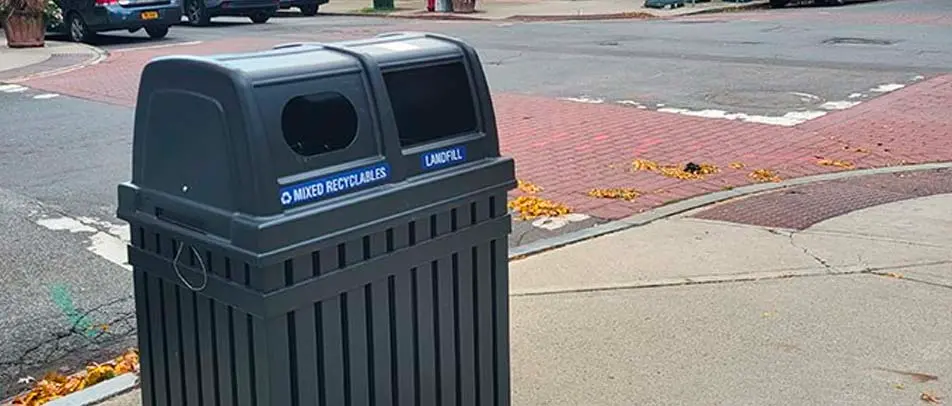
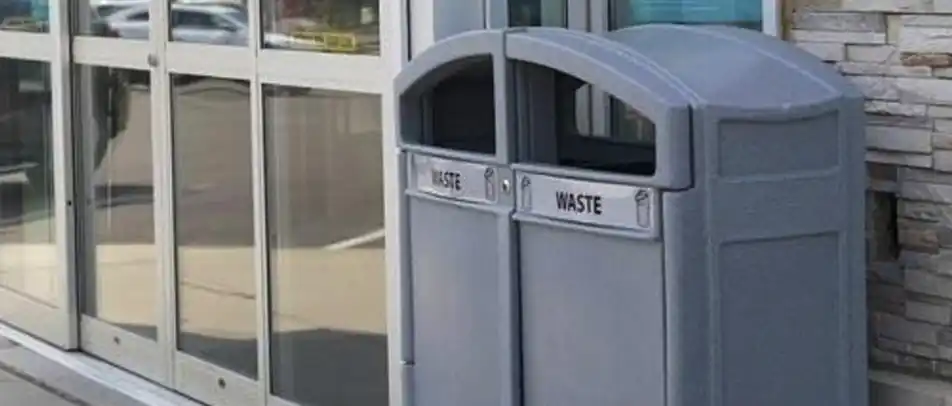
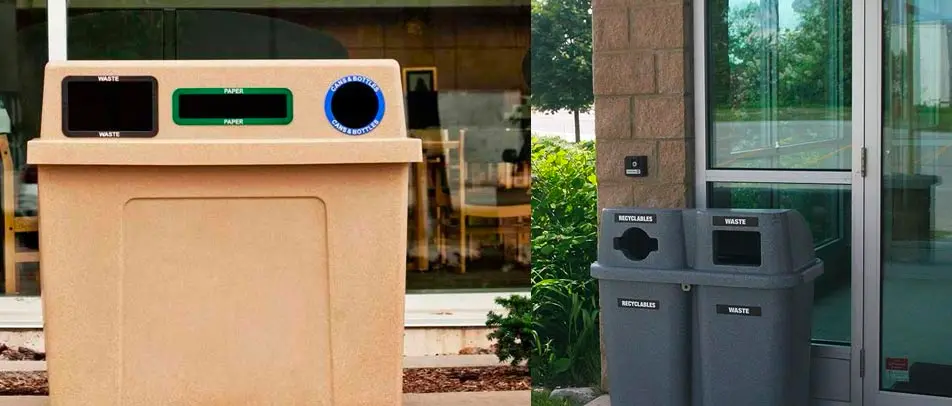
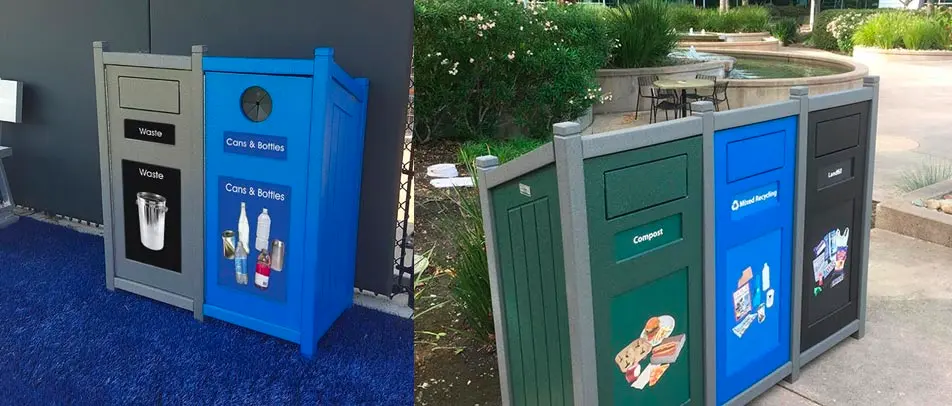
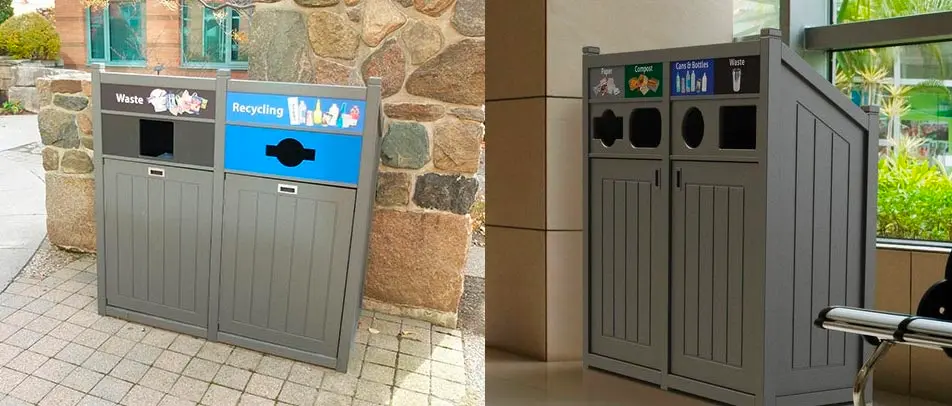



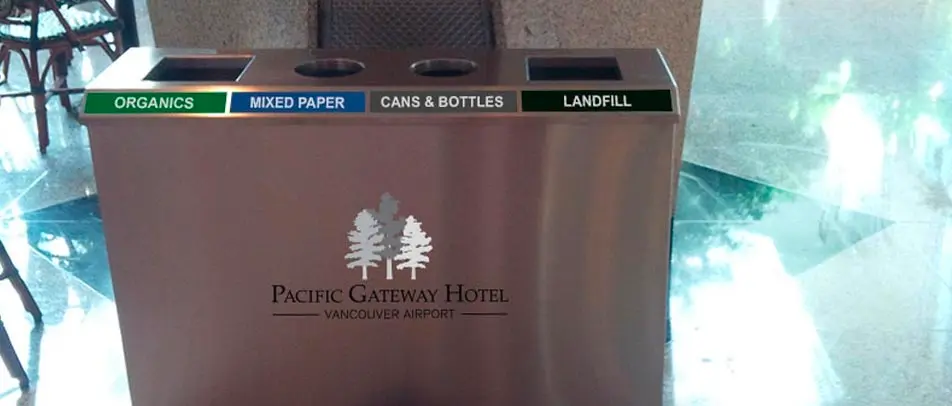

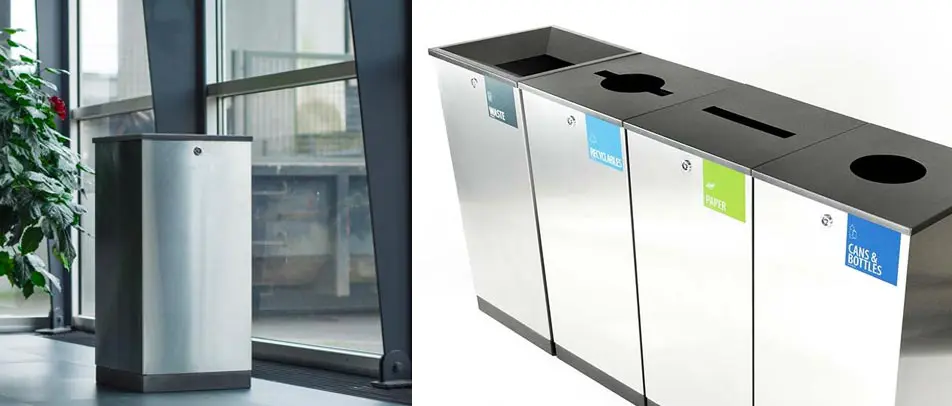
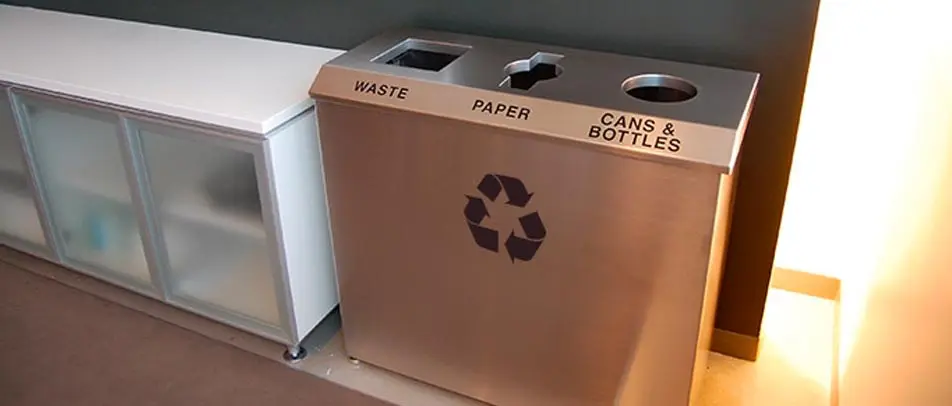
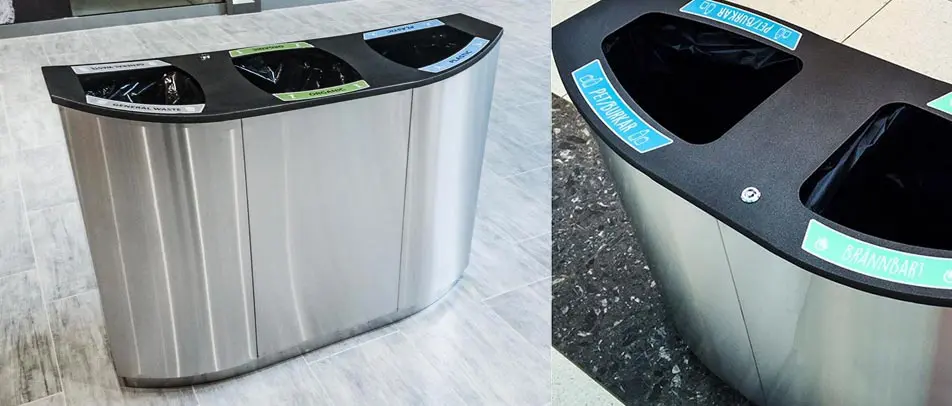

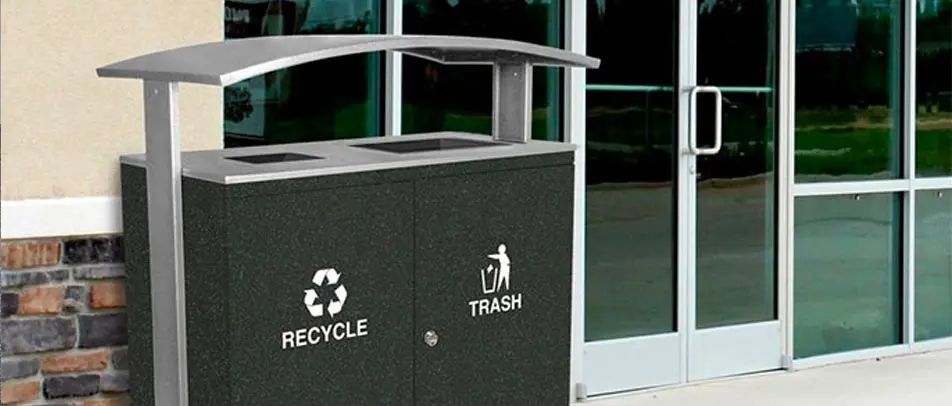
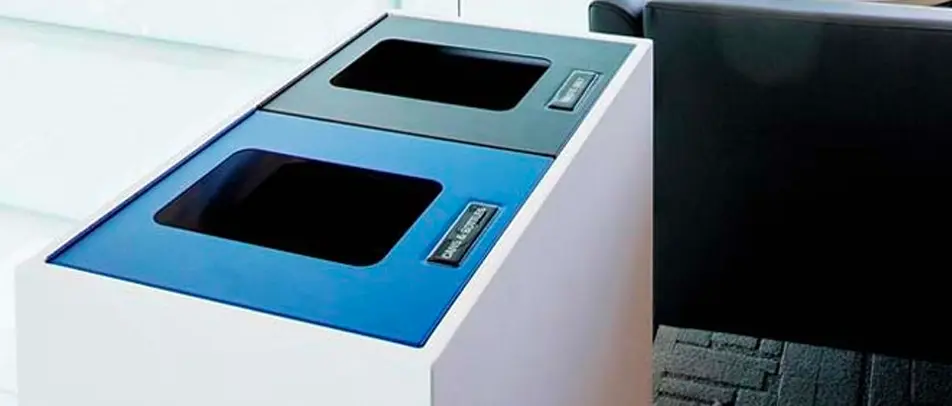
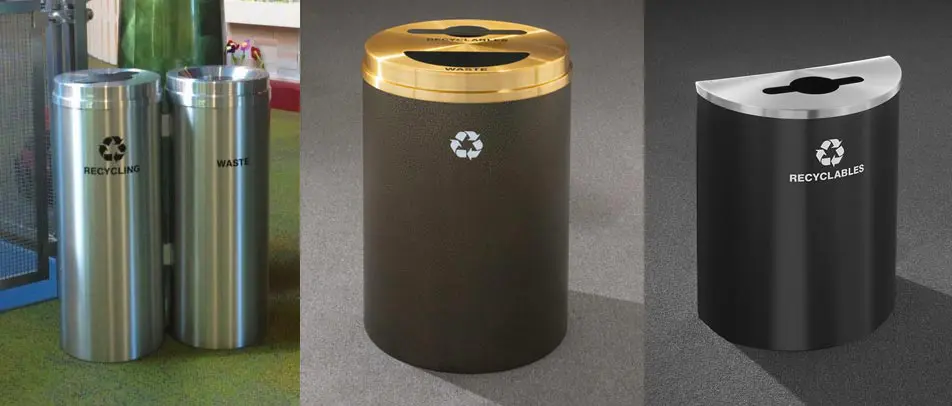

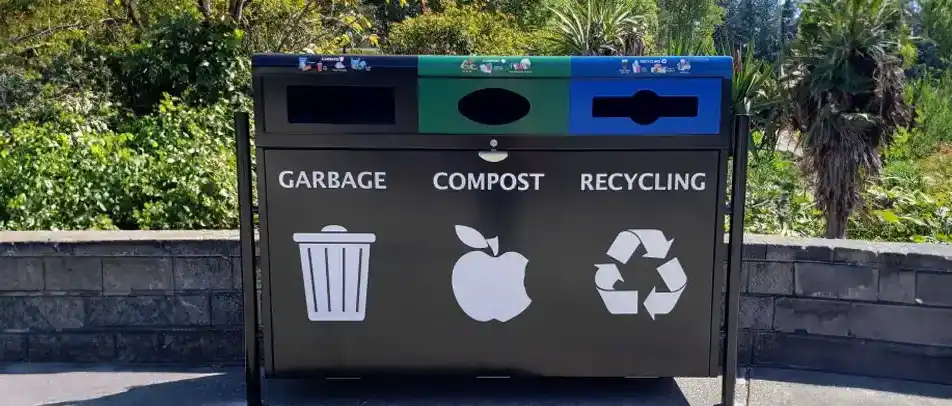
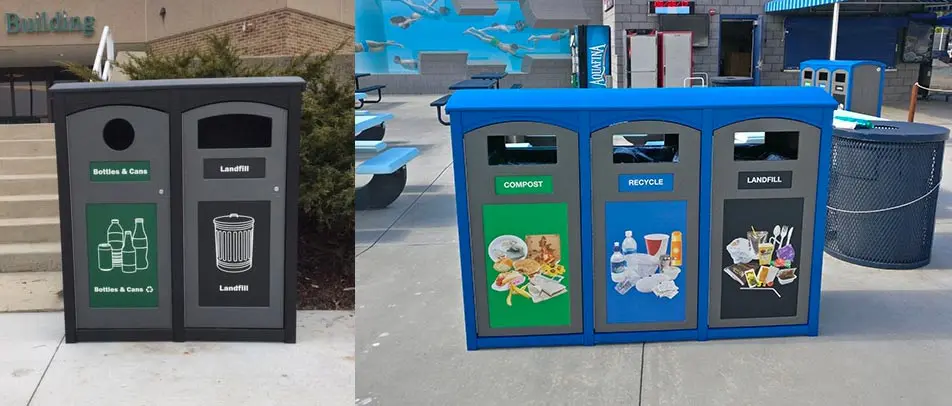
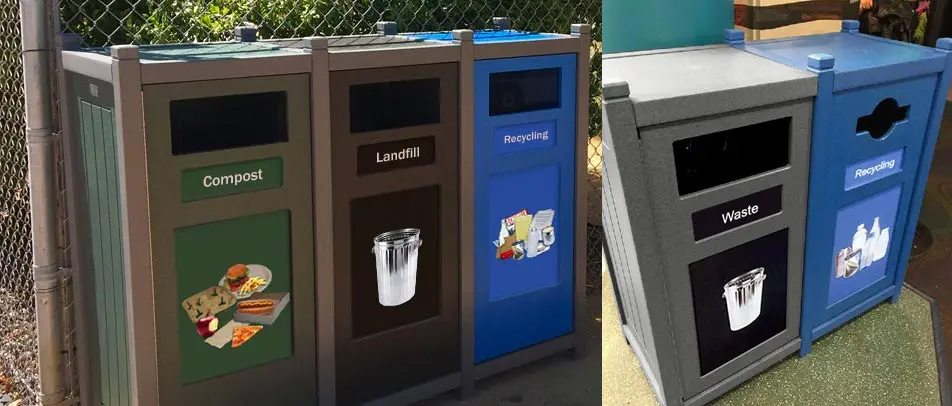


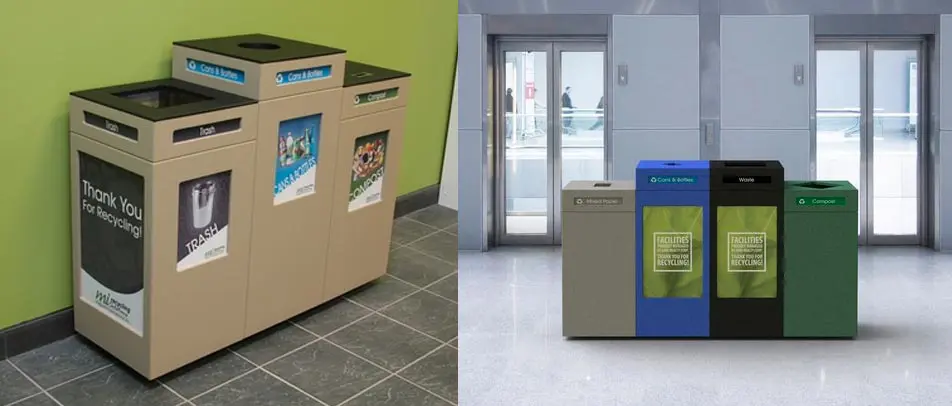
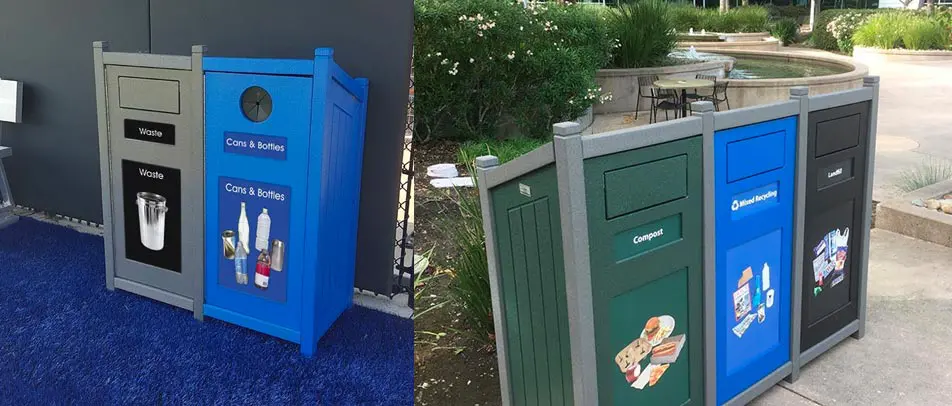
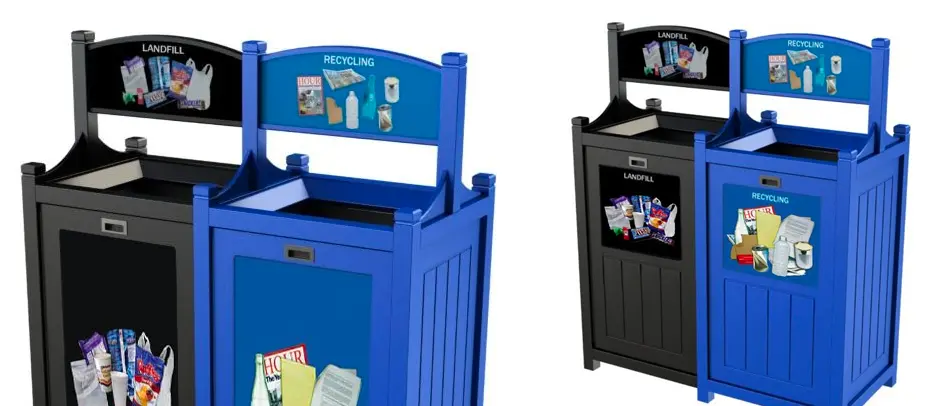


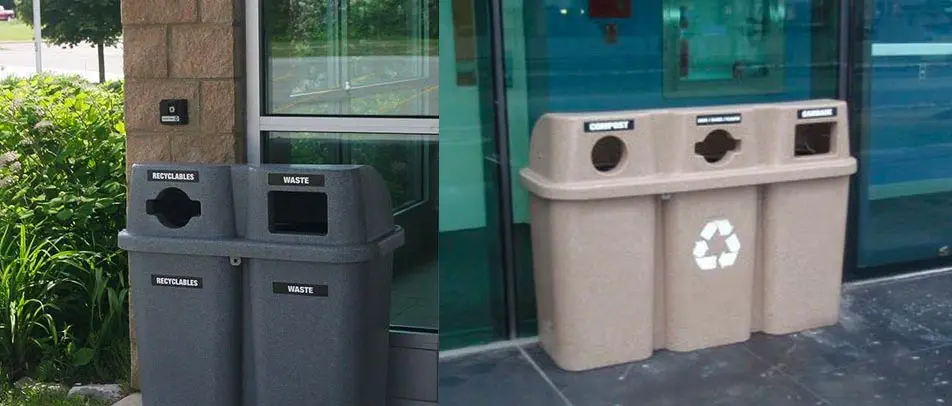
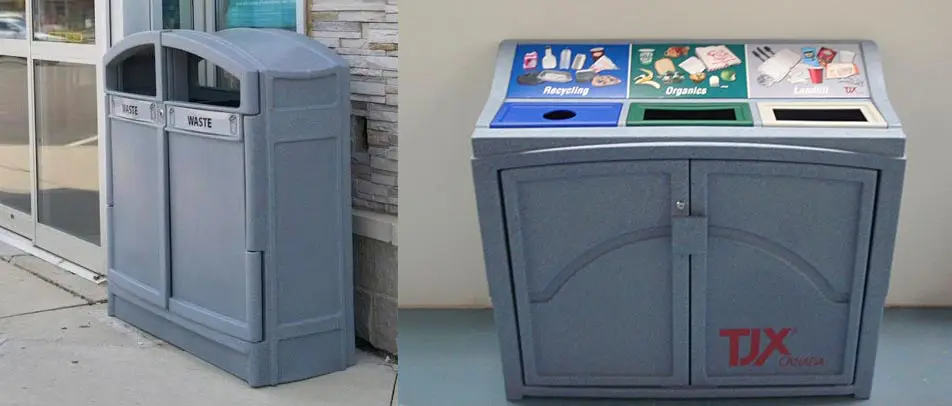
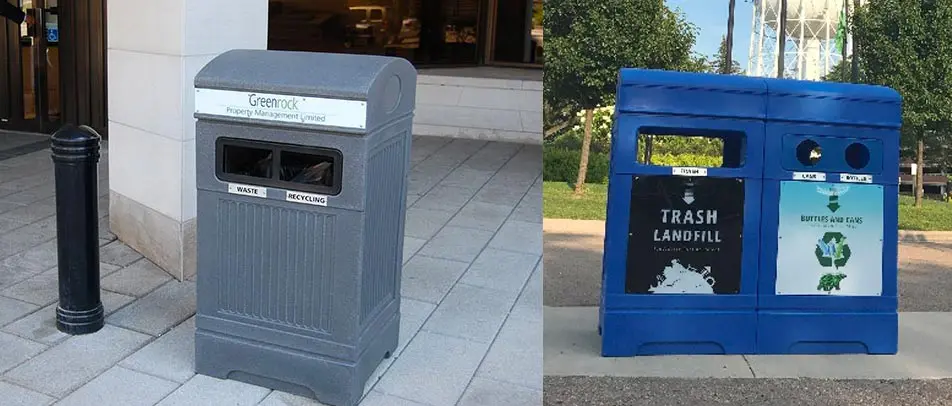
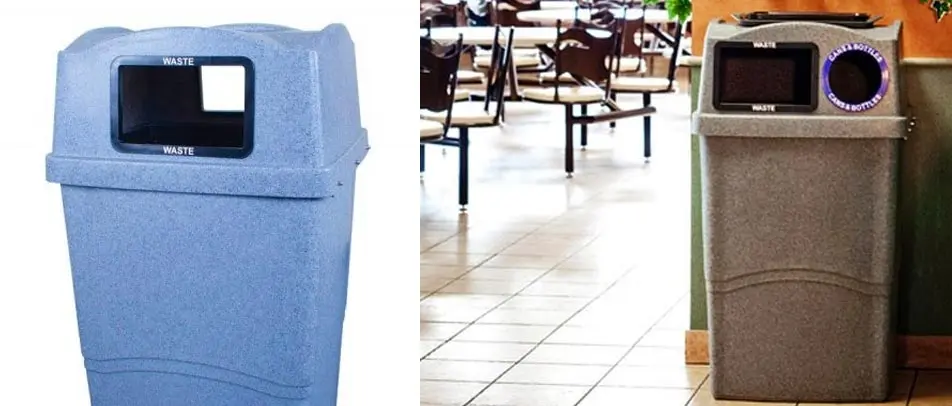
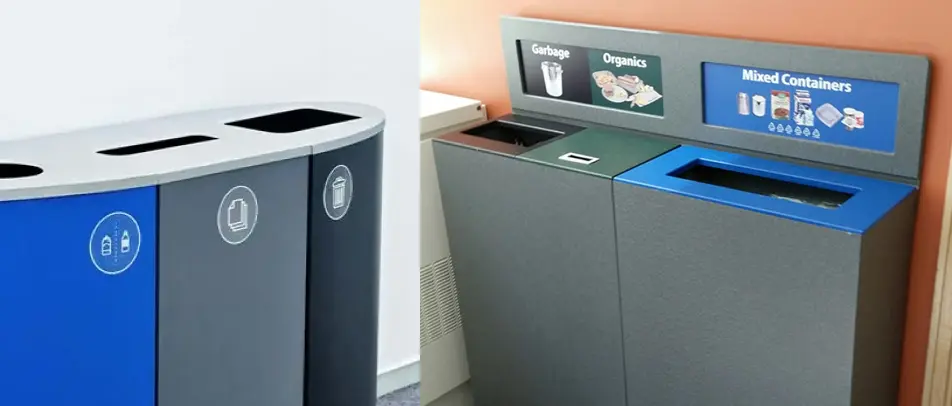
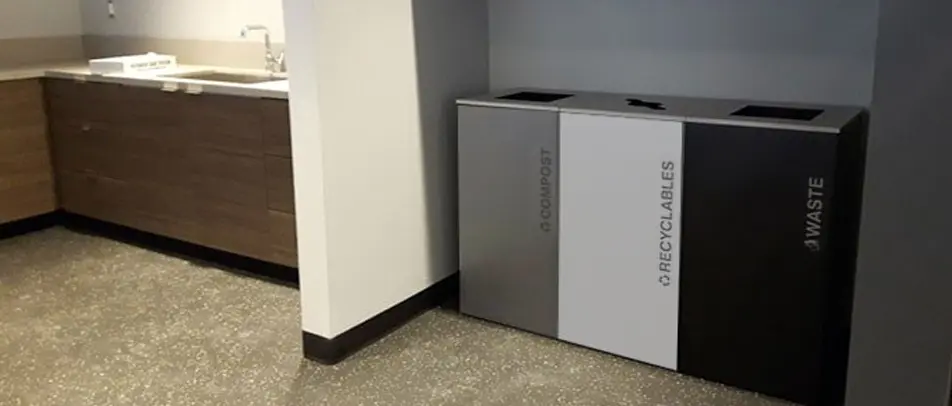
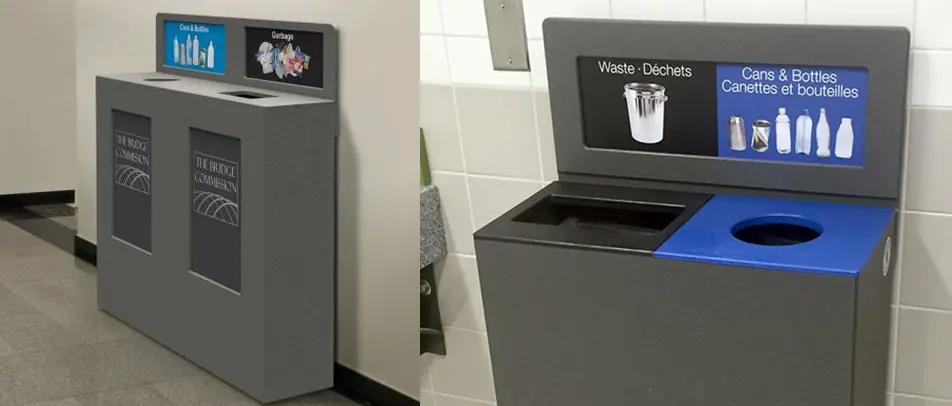
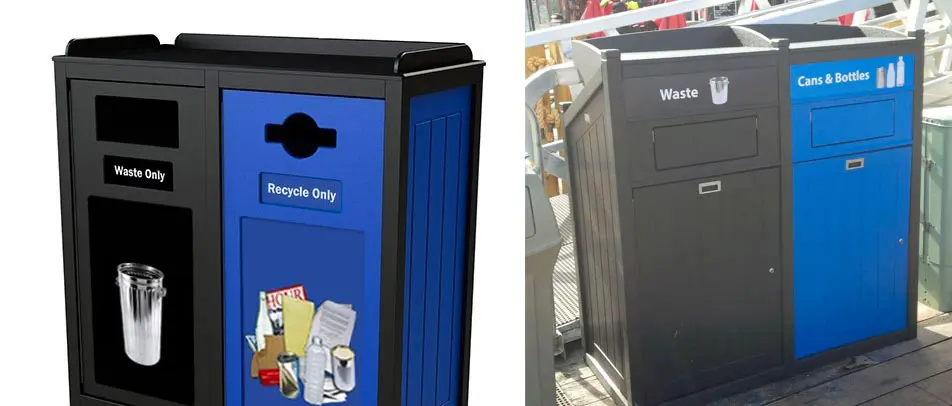






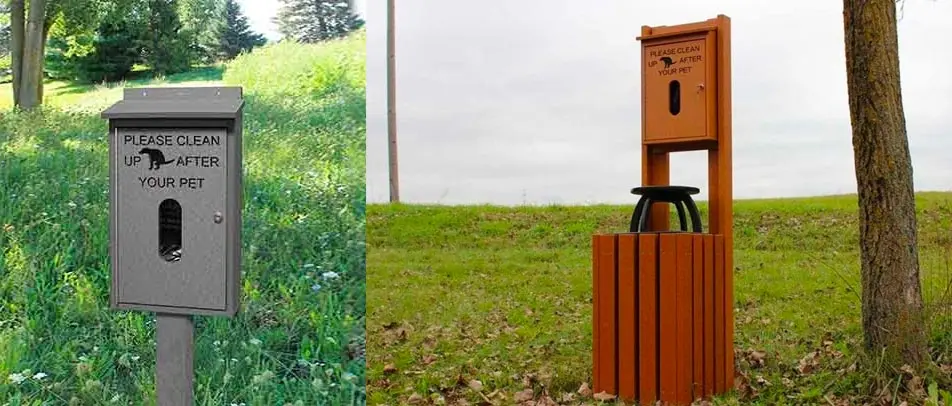




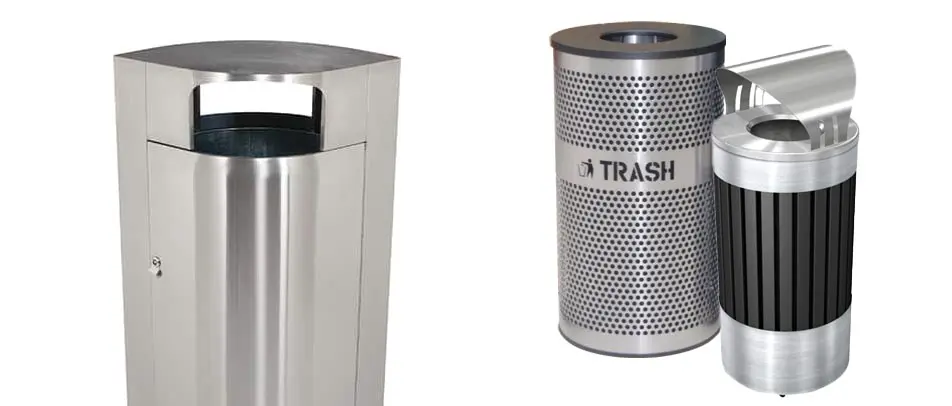

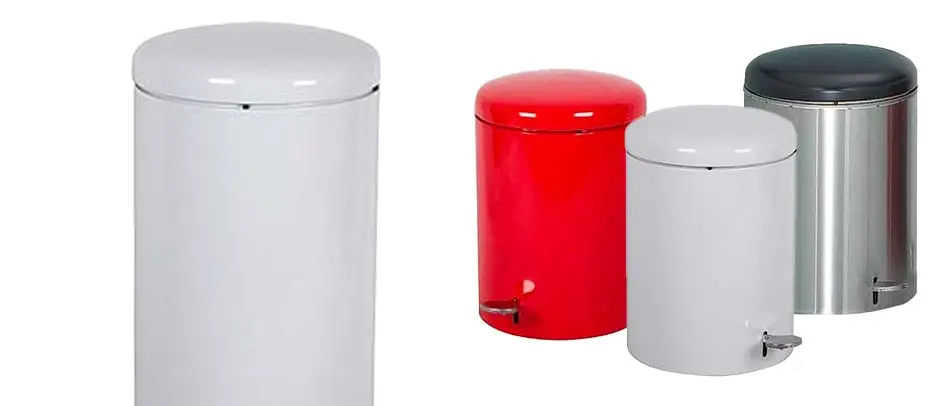





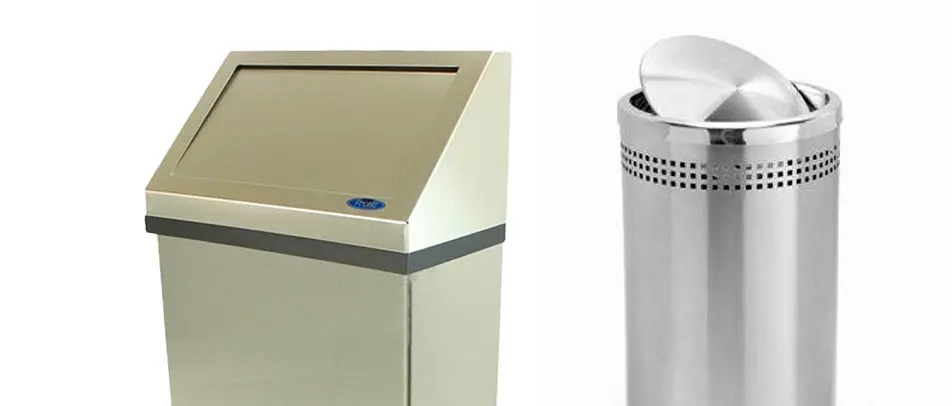

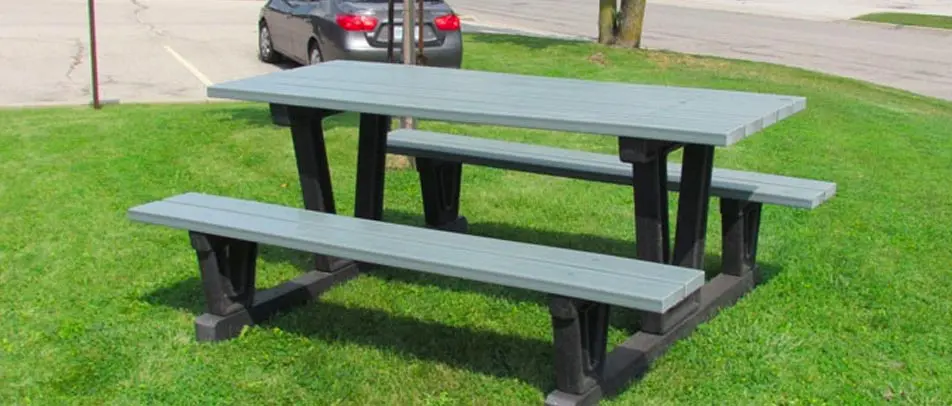





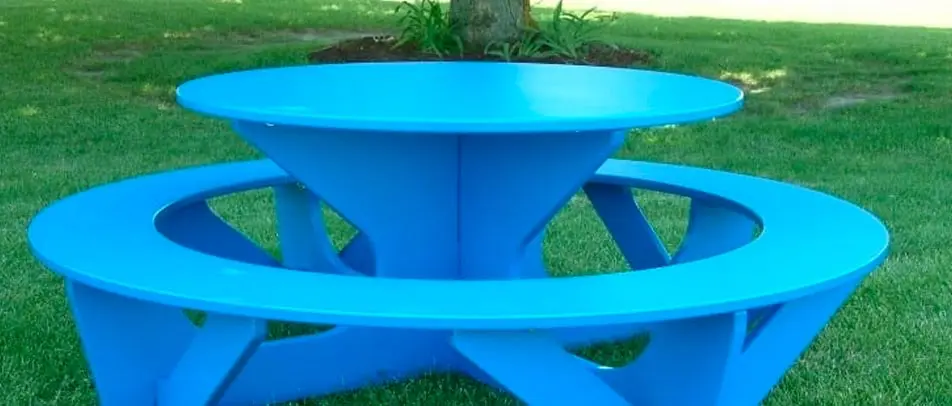
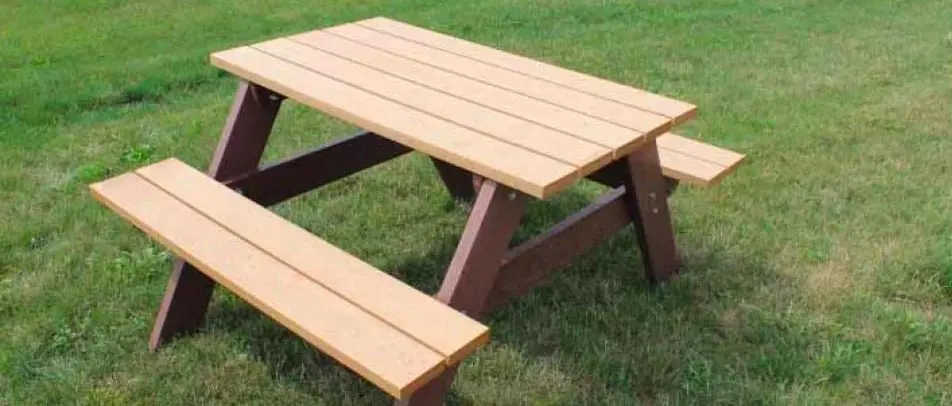
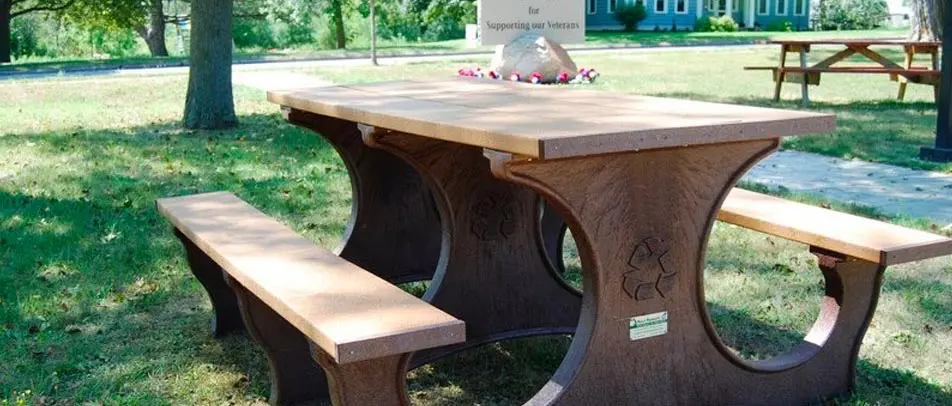
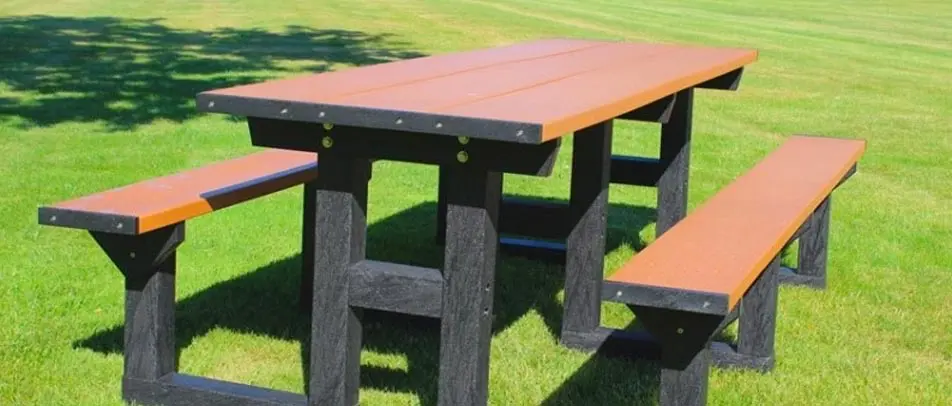

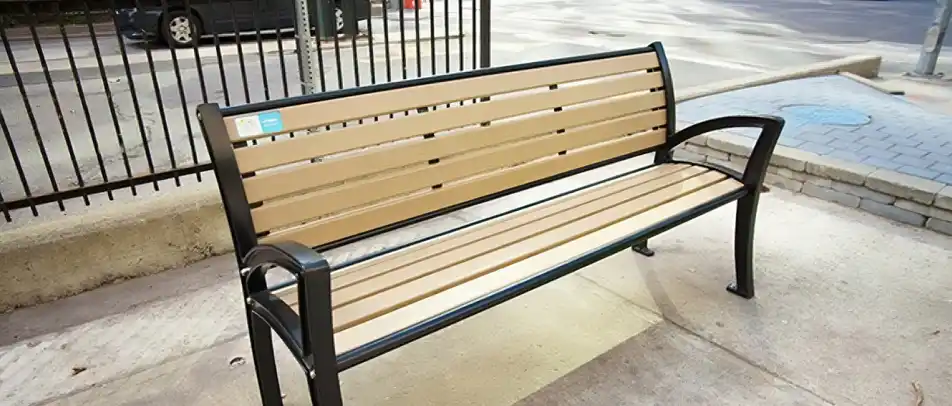




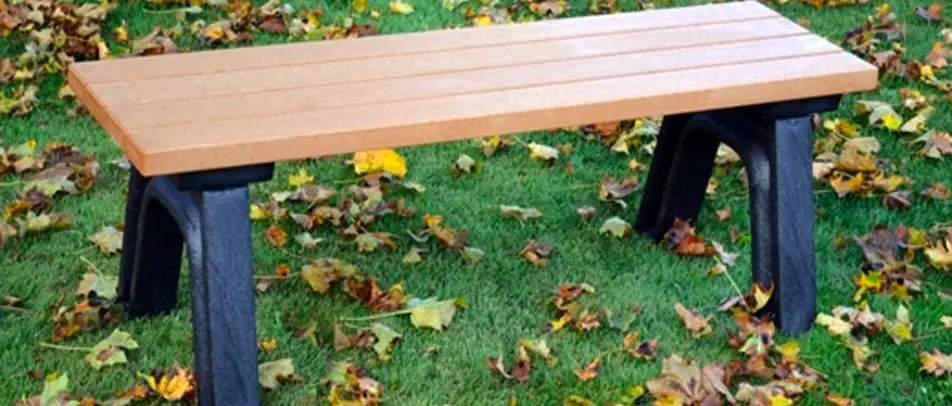
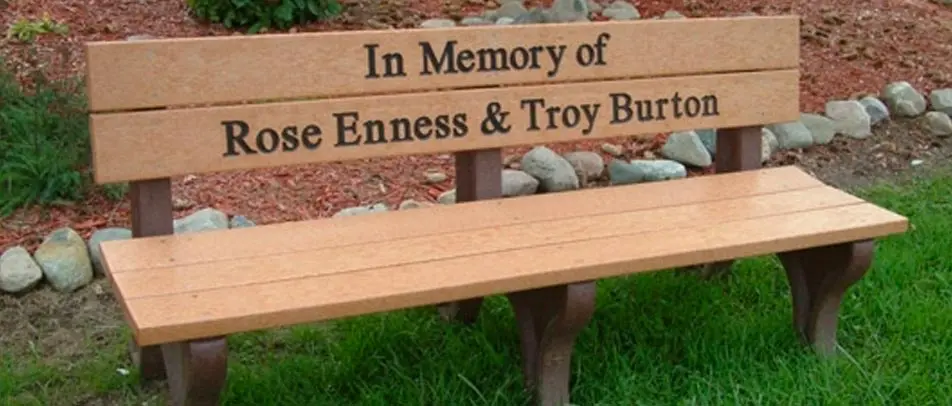



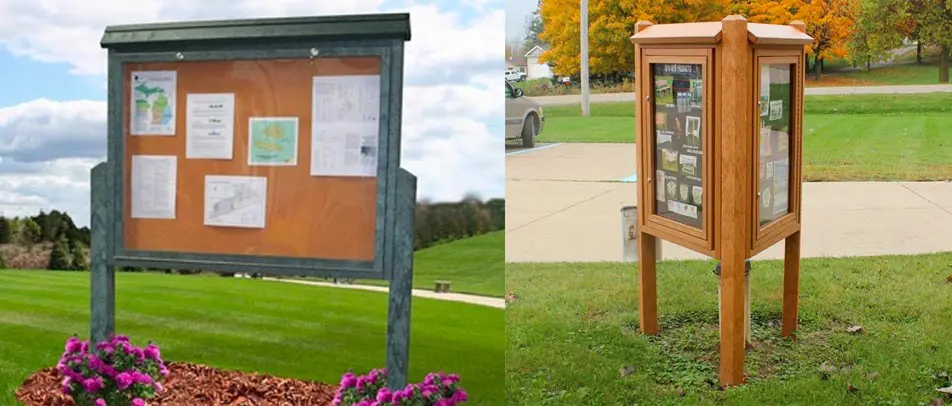
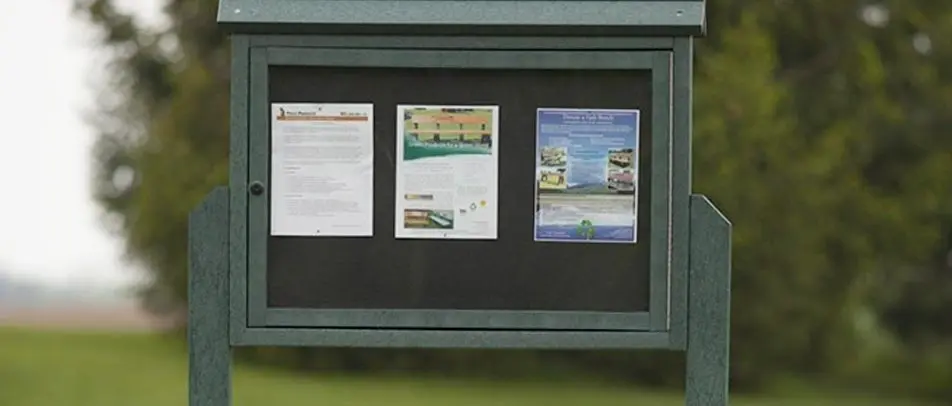
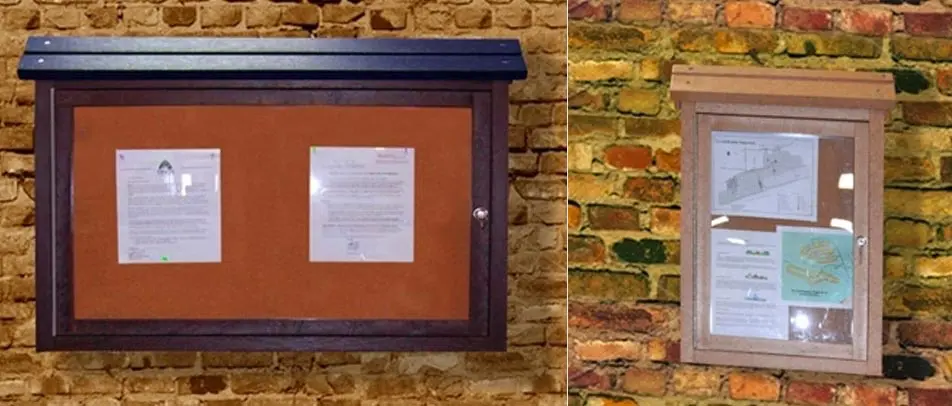


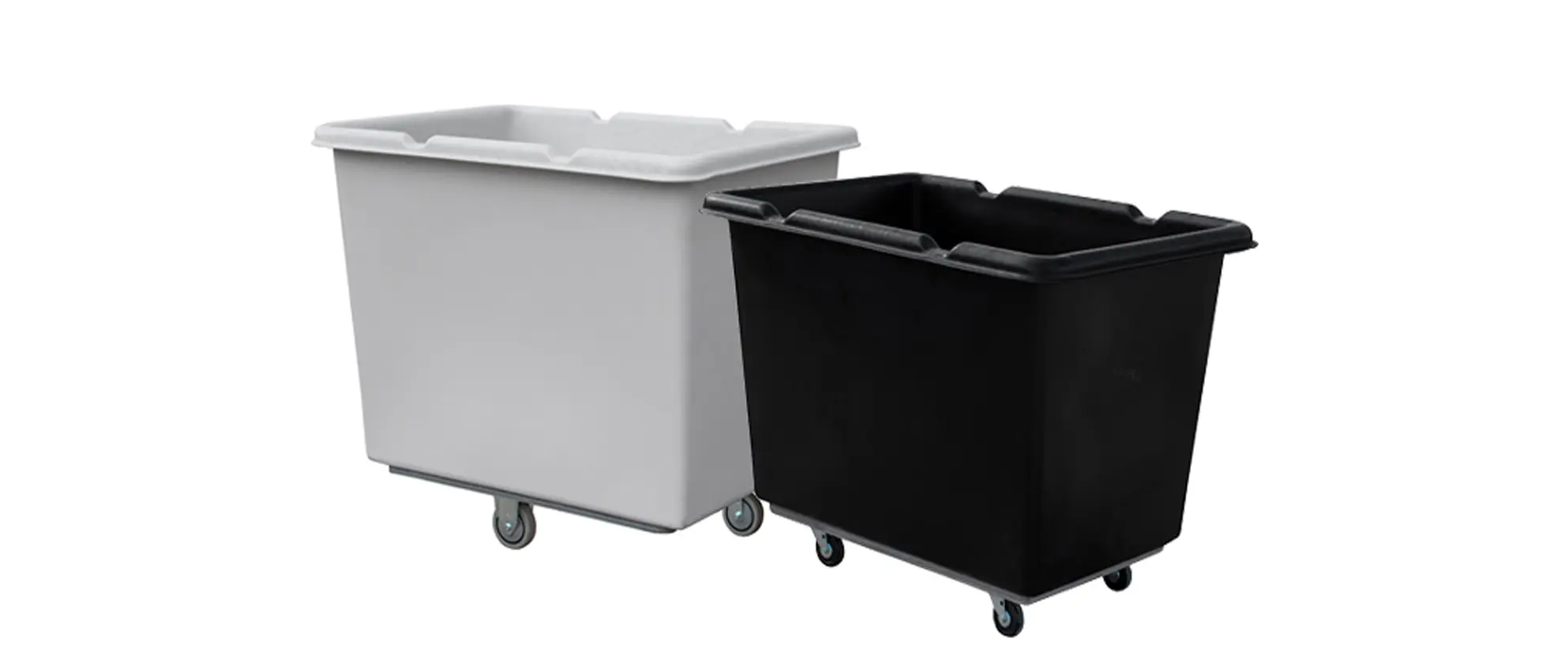




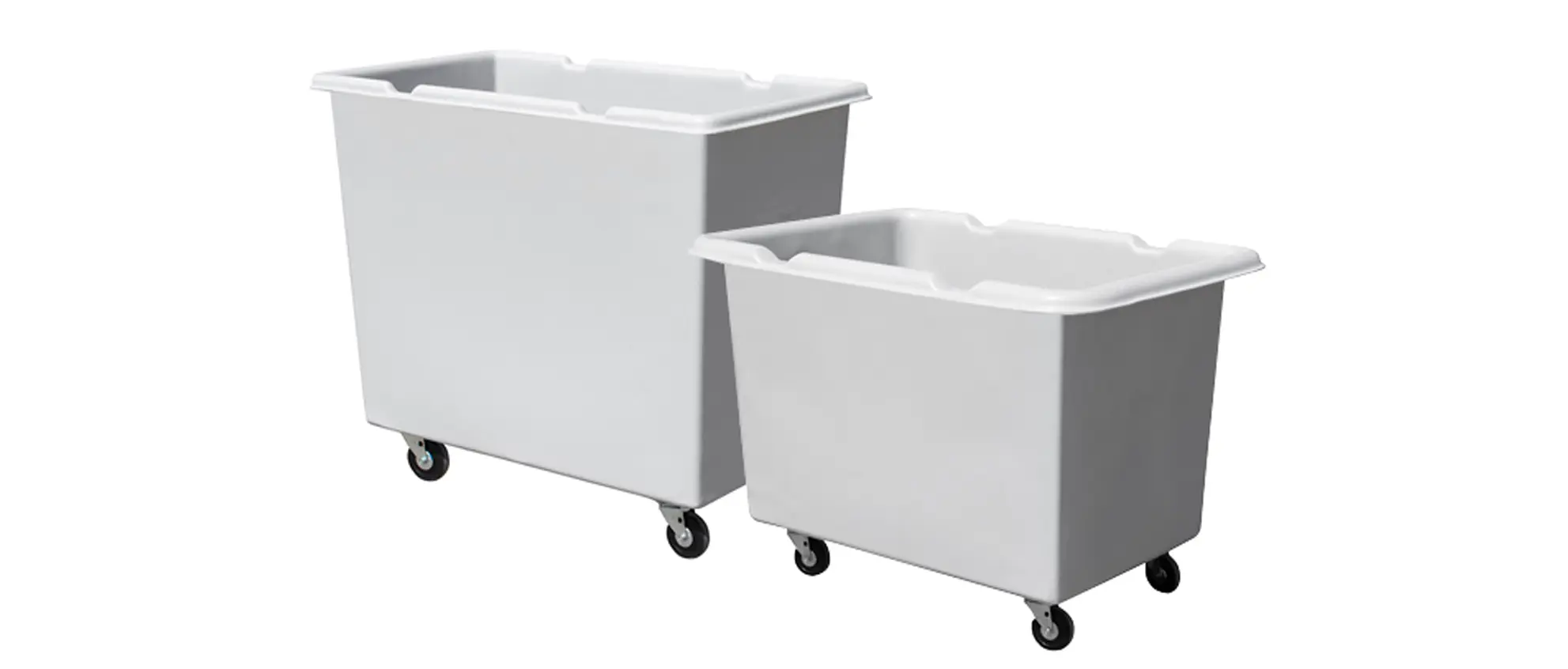


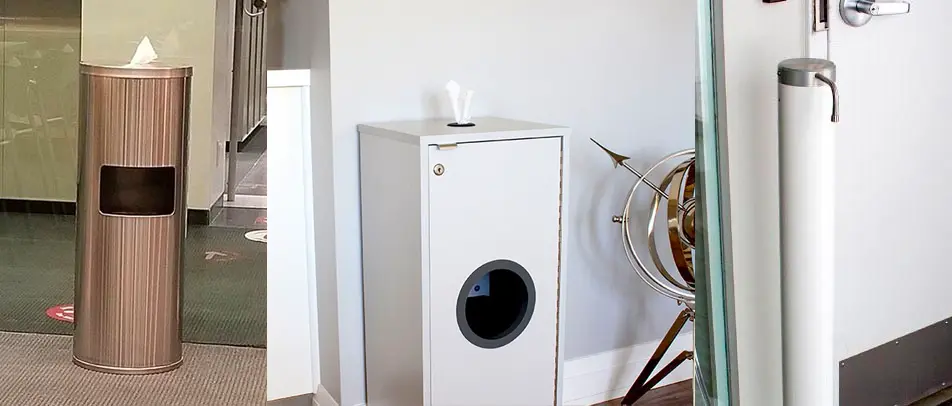
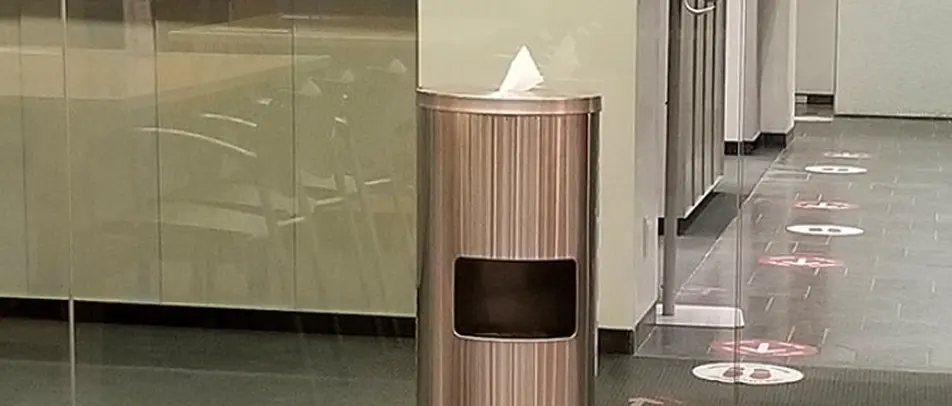



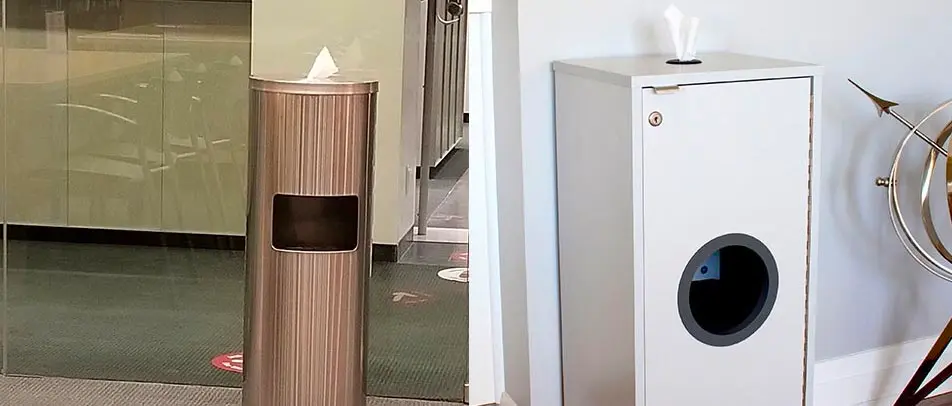


 Three Ways to Engage Teams and Clients to Maximize Your Recycling Program Engagement
Three Ways to Engage Teams and Clients to Maximize Your Recycling Program Engagement  How to Integrate Accessibility Into Your Sustainability Planning
How to Integrate Accessibility Into Your Sustainability Planning  Why Park Benches Can Promote Workplace Well-Being
Why Park Benches Can Promote Workplace Well-Being 
